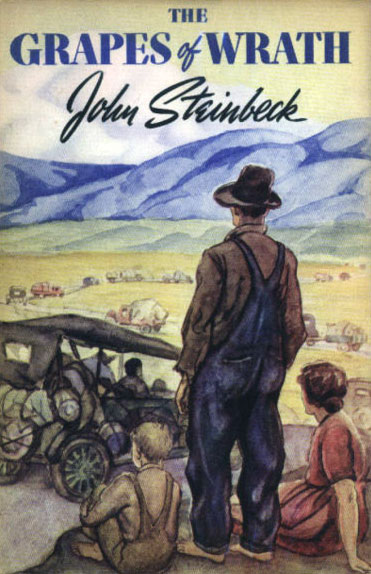For the past year or so, I have been working on a paper with my colleague Rob King which I am hoping to debut sometime soon in which we look at the relationship between farmers markets and food-borne illness.
I have presented that paper twice so far–once at Ohio State, and once at Oklahoma State. Every time I present it, one thing that comes up is whether there is reverse causality, i.e., whether people perceive the foods they buy from farmers markets as safer than the foods they buy at supermarkets, which would lead to a spurious relationship between farmers markets and food-borne illness because increases in the number of outbreaks and cases of food-borne illness would then cause increases in the number of farmers markets.
After my talk at Oklahoma State, I was discussing this with Jayson Lusk, who had invited me to give that talk, and the outcome of our conversation was that we simply didn’t know what most people would think. So Jayson (whose blog you really should be reading if you don’t already) decided to include a question to that effect in his monthly Food Demand Survey (FooDS), and which he discussed in a post last week:
